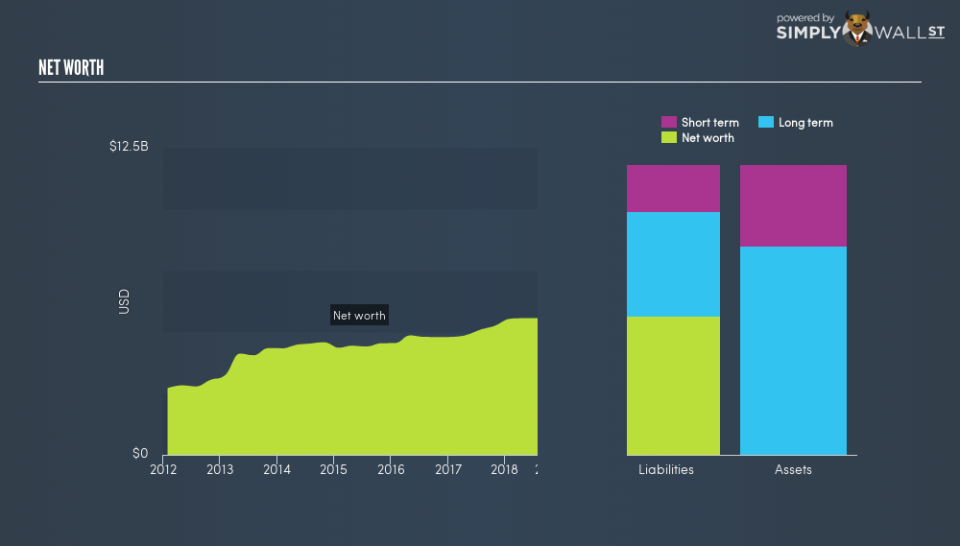Does PVH Corp. (NYSE:PVH) Generate Enough Cash?

Two important questions to ask before you buy PVH Corp. (NYSE:PVH) is, how it makes money and how it spends its cash. After investment, what’s left over is what belongs to you, the investor. This also determines how much the stock is worth. I will take you through PVH’s cash flow health and the risk-return concept based on the stock’s cash flow yield, using the most recent financial data. This will help you think about the company from a cash perspective, which is a crucial factor to investing.
Check out our latest analysis for PVH
Want to help shape the future of investing tools and platforms? Take the survey and be part of one of the most advanced studies of stock market investors to date.
What is free cash flow?
PVH’s free cash flow (FCF) is the level of cash flow the business generates from its operational activities, after it reinvests in the company as capital expenditure. This type of expense is needed for PVH to continue to grow, or at least, maintain its current operations.
There are two methods I will use to evaluate the quality of PVH’s FCF: firstly, I will measure its FCF yield relative to the market index yield; secondly, I will examine whether its operating cash flow will continue to grow into the future, which will give us a sense of sustainability.
Free Cash Flow = Operating Cash Flows – Net Capital Expenditure
Free Cash Flow Yield = Free Cash Flow / Enterprise Value
where Enterprise Value = Market Capitalisation + Net Debt
PVH’s yield of 1.59% indicates its sub-standard capacity to generate cash, compared to the stock market index as a whole, accounting for the size differential. This means investors are taking on more concentrated risk on PVH but are not being adequately rewarded for doing so.
Is PVH’s yield sustainable?
Can PVH improve its operating cash production in the future? Let’s take a quick look at the cash flow trend the company is expected to deliver over time. In the next few years, the company is expected to grow its cash from operations at a double-digit rate of 52%, ramping up from its current levels of US$799m to US$1.2b in three years’ time. Although this seems impressive, breaking down into year-on-year growth rates, PVH’s operating cash flow growth is expected to decline from a rate of 38% in the upcoming year, to 11% by the end of the third year. But the overall future outlook seems buoyant if PVH can maintain its levels of capital expenditure as well.
Next Steps:
Low free cash flow yield means you are not currently well-compensated for the risk you’re taking on by holding onto PVH relative to a well-diversified market index. However, the high growth in operating cash flow may change the tides in the future. Now you know to keep cash flows in mind, I suggest you continue to research PVH to get a more holistic view of the company by looking at:
Valuation: What is PVH worth today? Is the stock undervalued, even when its growth outlook is factored into its intrinsic value? The intrinsic value infographic in our free research report helps visualize whether PVH is currently mispriced by the market.
Management Team: An experienced management team on the helm increases our confidence in the business – take a look at who sits on PVH’s board and the CEO’s back ground.
Other High-Performing Stocks: If you believe you should cushion your portfolio with something less risky, scroll through our free list of these great stocks here.
To help readers see past the short term volatility of the financial market, we aim to bring you a long-term focused research analysis purely driven by fundamental data. Note that our analysis does not factor in the latest price-sensitive company announcements.
The author is an independent contributor and at the time of publication had no position in the stocks mentioned. For errors that warrant correction please contact the editor at editorial-team@simplywallst.com.

